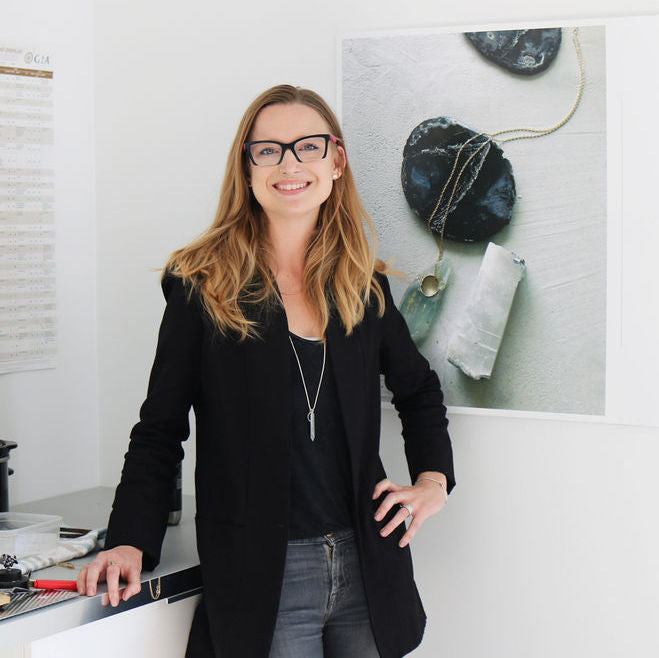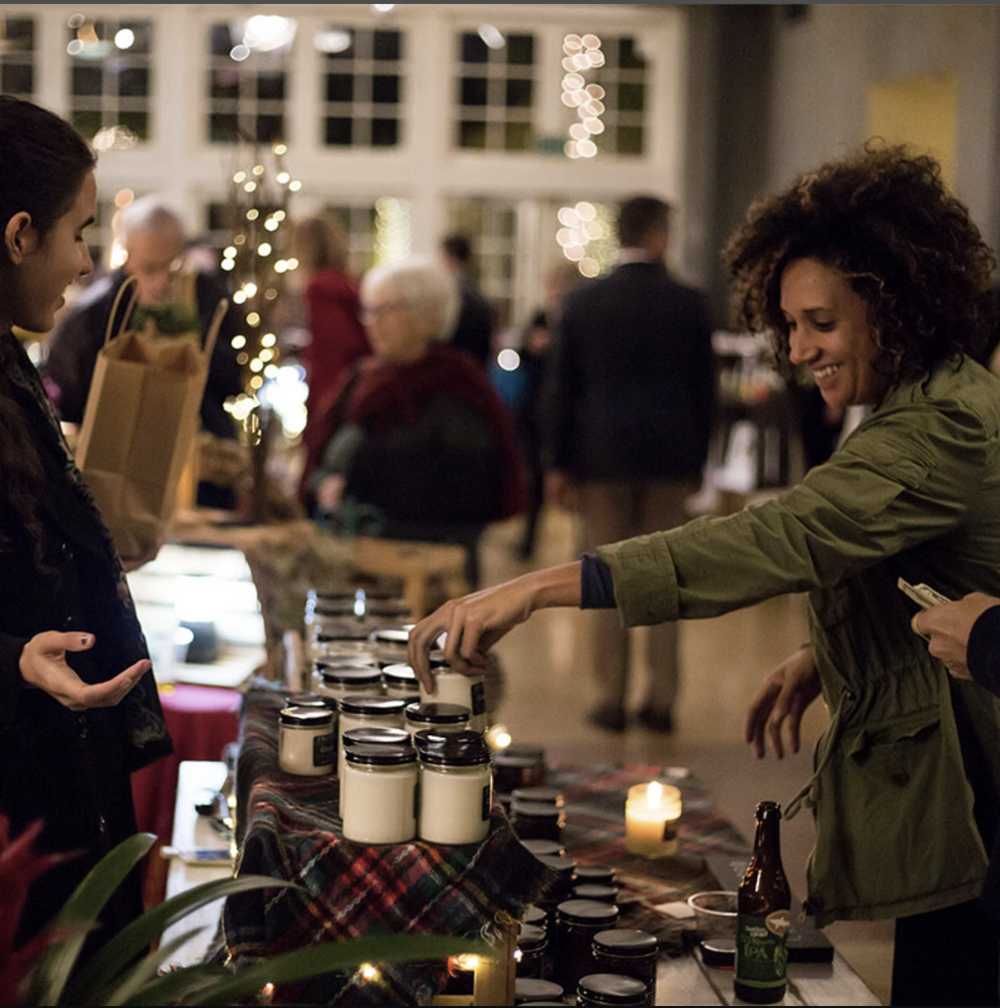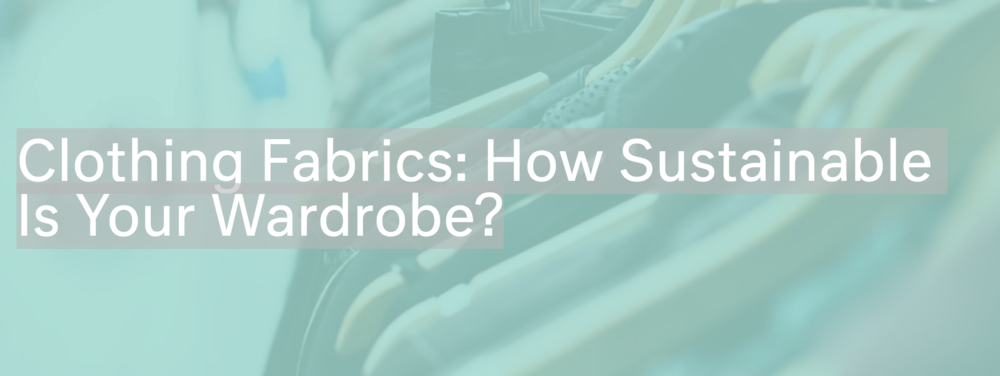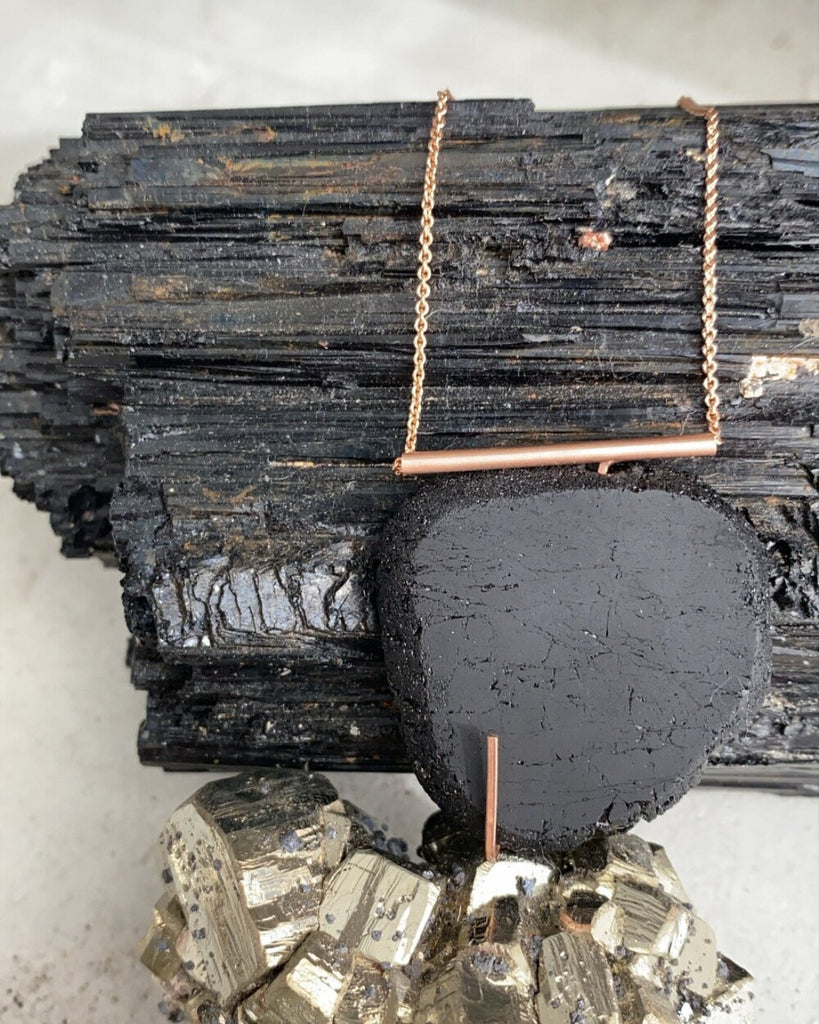Change is happening- the Chicago Responsible Jewelry Conference

I’m writing this from my Southwest flight back home and leaving Chicago so inspired after the Chicago Responsible Jewelry Conference. This is only the second year of the conference and the second time I’ve attended, this year with almost twice the turnout of last year. The conference brought together everyone from designers, gem dealers, NGOs, nonprofits, gemstone cutters, representatives from the State Department, and even artisanal gold and gemstone miners from South America and East Africa to hear each other’s perspectives and come up with solutions to complex issues in the jewelry supply chain.
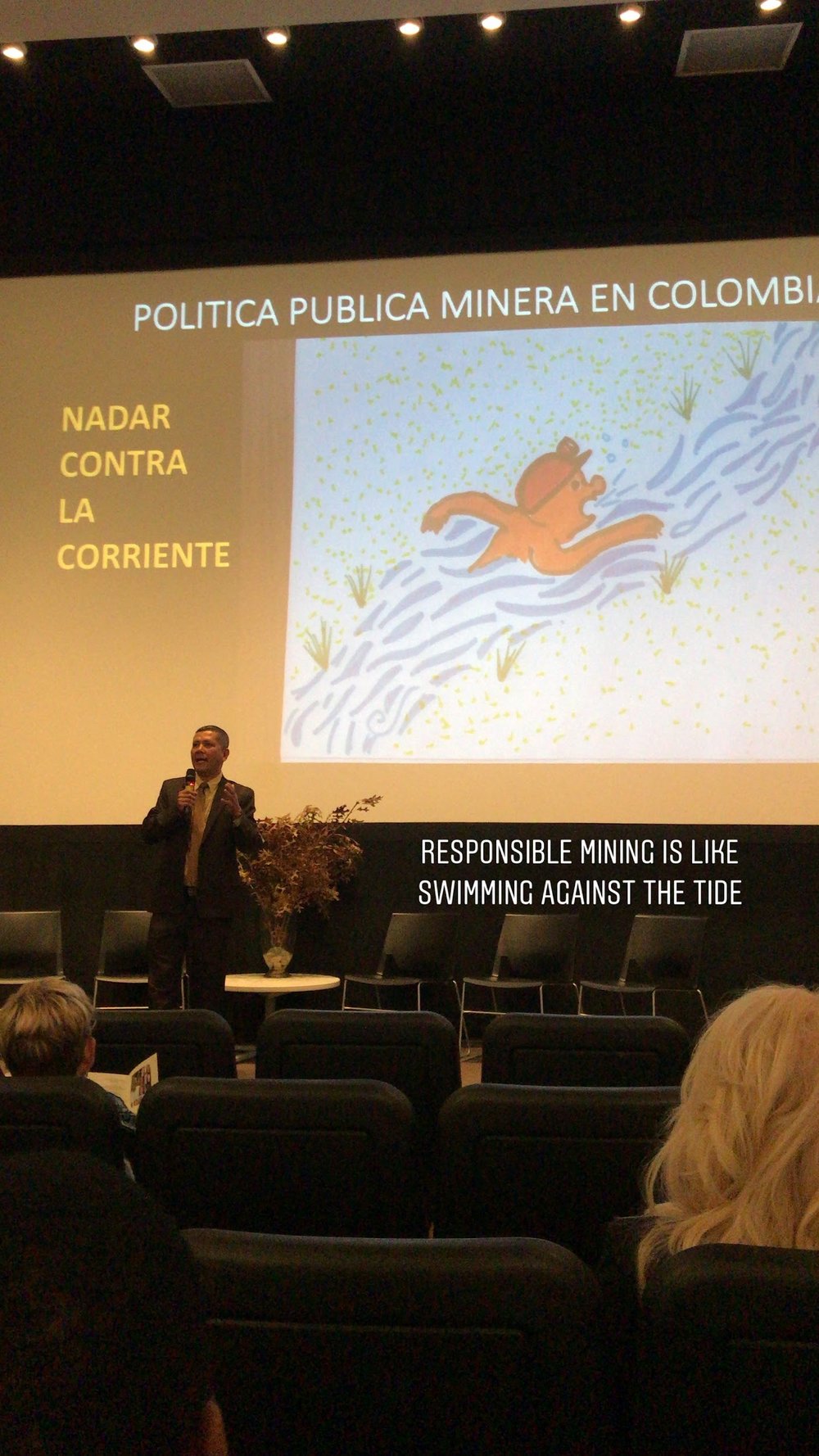
When you think of the jewelry industry these days you probably think of blood diamonds or Leonardo DiCaprio, but the reality of the issues the industry faces in responsible sourcing and practices are much more diverse and complicated than that. Ranging from toxic mercury use in small-scale gold mining, to deforestation in the Amazon, a lack of health and safety standards and knowledge for mining and gem cutting, to organized crime and corruption, these are global issues that affect people working in sourcing these precious materials.

Are lab-grown diamonds the answer to responsible jewelry? The short answer is no, but they can certainly have a place in it. Is blockchain the answer? Again it is a tool that can help, but traceability doesn’t mean transparency which doesn’t necessarily equal ethical. While some large companies like DeBeers and Alrosa (the two largest diamond mining companies on earth) are already working on blockchain solutions...but only for themselves and have made it clear that their systems won’t “talk” to any other industry blockchain initiatives such as Richline’s TrustChain system will be open to the industry. And high tech solutions like this have the potential to cut out the small-scale and artisanal miners, who are often very marginalized people doing extremely hard work to feed their families and give their children more opportunities and a better life than theirs.
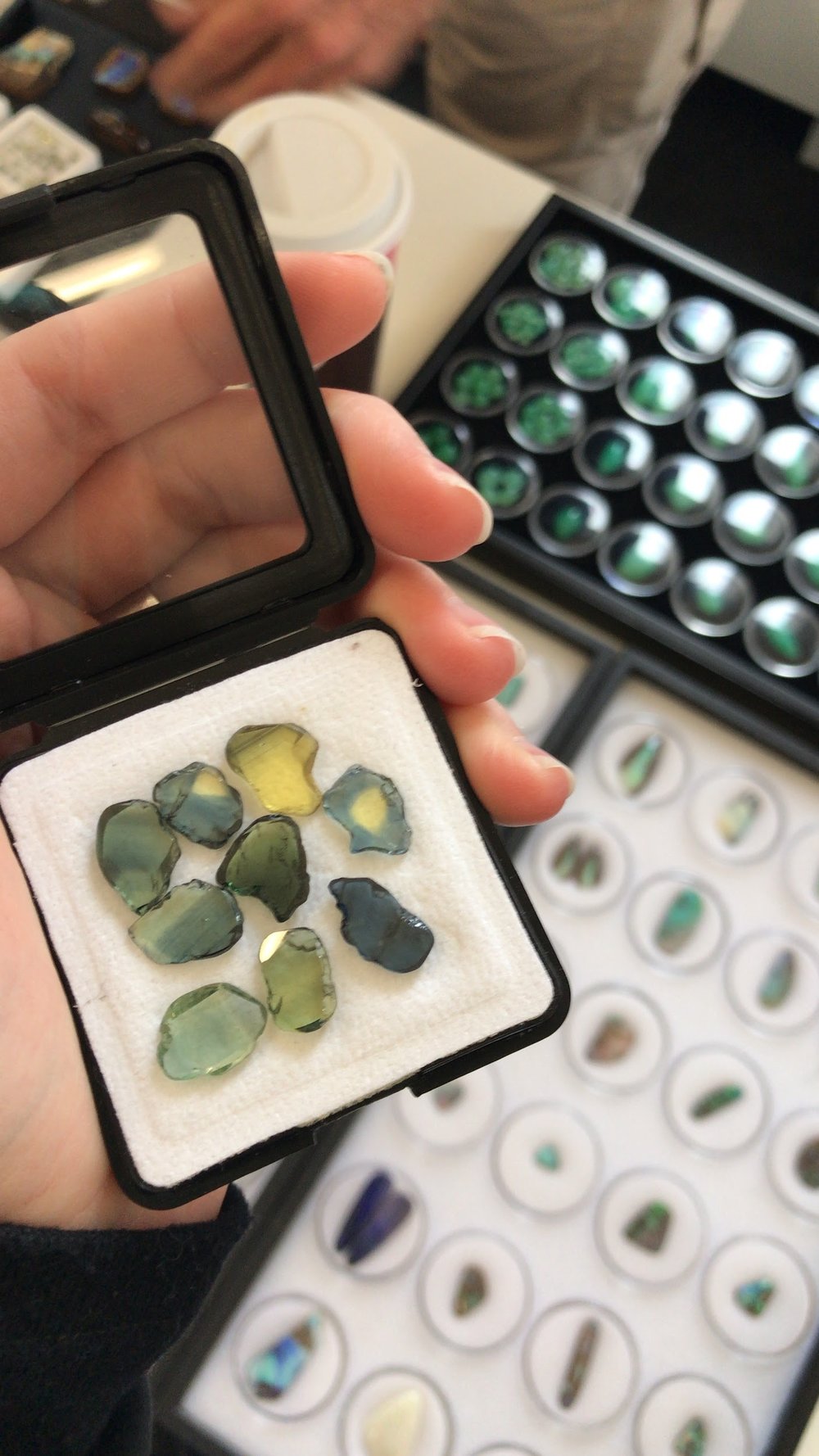
But there is good news in all of this. What first drew me to the jewelry industry was how passionate the people in it are about what they do. This conference brought together a very global group dedicated to creating change in the industry, like Roberto Alvarez, a Colombian artisanal miner who eliminated the use of mercury in his mine, built it up to a certified Fairmined standard and is working on cleaning up the surrounding rainforest and reforesting areas that were contaminated. Robert Weldon of GIA and Christina Villegas of PACT collaborated on a beneficiation educational program for women miners in Tanzania. They developed a booklet to help them better understand the value of what they were mining and basic tools to help them identify their rough stones. Toby Pomeroy is spearheading a project to find solutions to eliminate the use of mercury in small-scale mining, where mercury poisoning is devastating to mining communities. And Yianni Melas, the conferences closing speaker, went on a 31 day hunger strike to raise awareness and protest the Christie’s auction of a 163 carat diamond from Angola, which belonged to the daughter of Angola’s former president, and would have further enriched a family known for corruption while children were dying of poverty in Angola at an alarming rate.
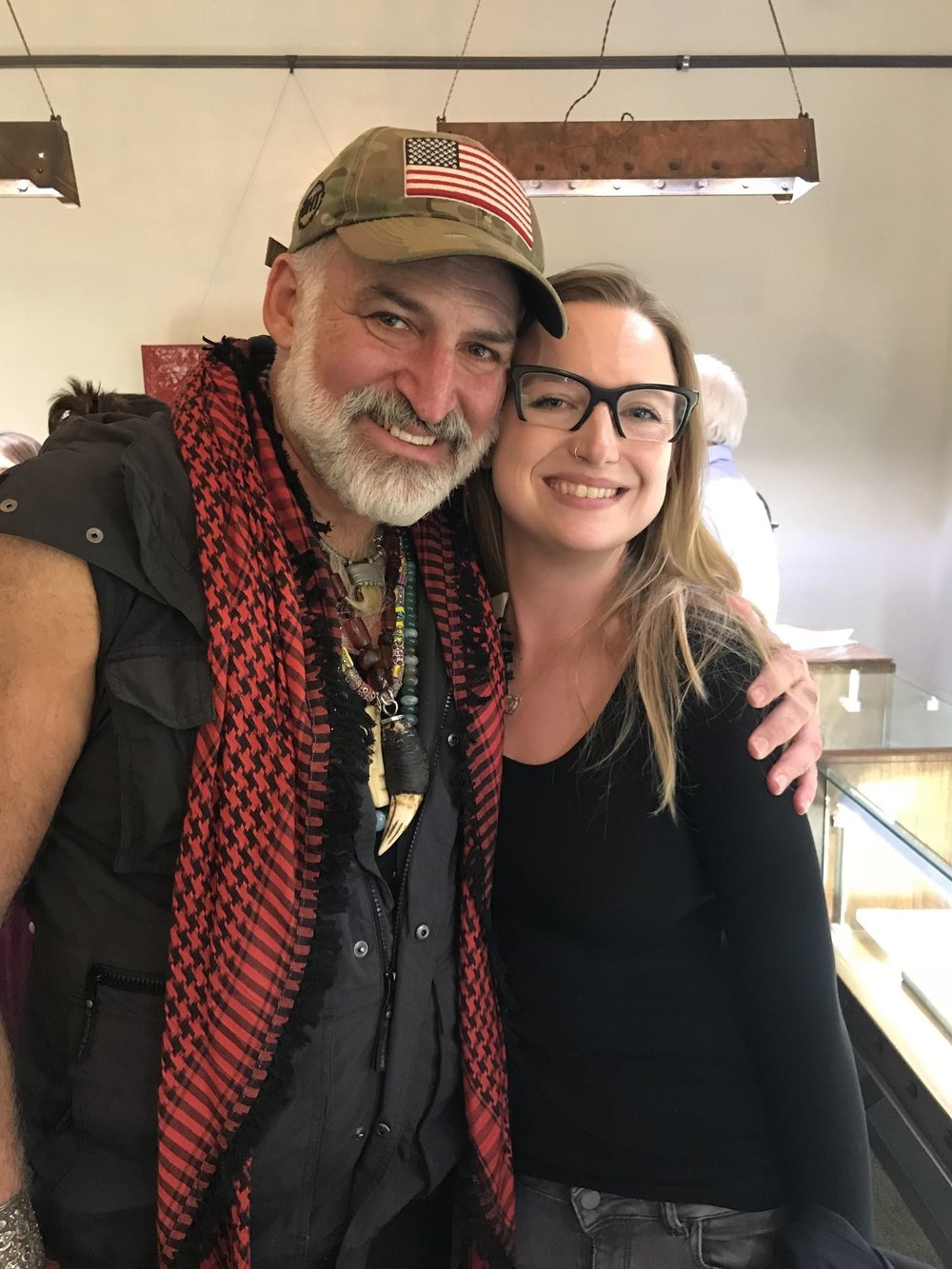
This community is incredibly passionate and dedicated. There was not one person in that room who isn’t doing everything they can to do better and to keep doing better. We’re all actively working on solutions that work for the people in all parts on the supply chain, not just the guys at the top. Change happens by putting one foot in front of the other and we’re on our way.


